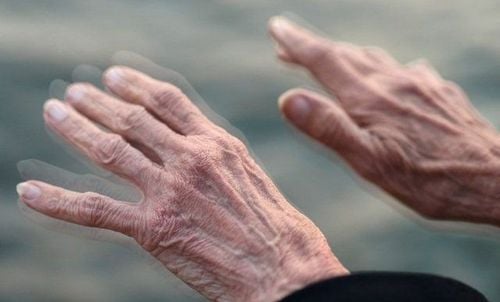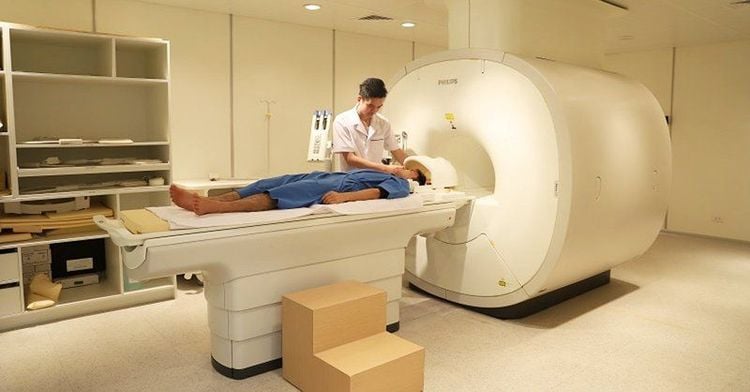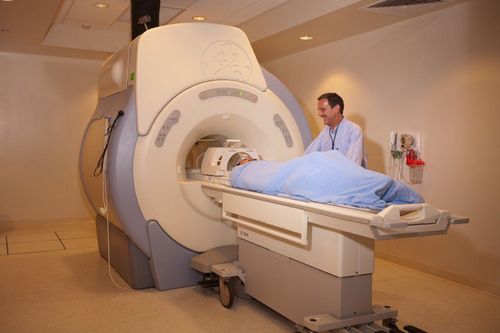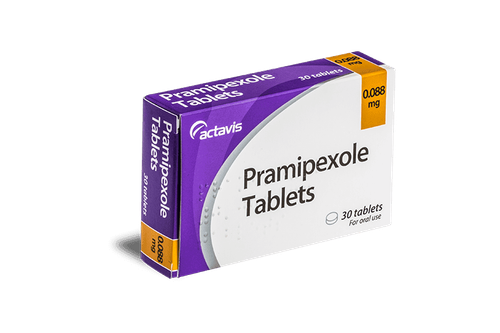This is an automatically translated article.
The article is professionally consulted by Master, Doctor Nguyen Thuc Vy - Doctor of Diagnostic Imaging - Department of Diagnostic Imaging - Vinmec Nha Trang International General Hospital.Parkinson's disease is a progressive nervous system disorder that affects mobility. Symptoms begin gradually, sometimes starting with a tremor in one hand but are barely noticeable.
1. Symptoms of Parkinson's disease
The signs and symptoms of Parkinson's disease can be different for each person. Symptoms often start on one side of the body and become worse on that side, even after symptoms begin to affect both sides of the body.Signs and symptoms of Parkinson's may include:
Tremor: The person often begins to shake in one limb, usually the hand or finger. Tremor may occur when the patient is at rest. Slow movement speed (bradykinesia). Over time, Parkinson's disease can slow down movement making simple activities difficult and time consuming. The patient's steps may become shorter when walking, making it difficult to get up from a chair. Stiffness: Muscle stiffness can occur in any part of the body and stiff muscles can cause pain and limit a person's range of motion. Poor posture and loss of balance. The person has a stooped posture or may have balance problems due to Parkinson's disease. Loss of automatic movements. You may have a reduced ability to make involuntary movements such as blinking, smiling, or swinging your arms while walking. The ability to speak is changed. The patient may speak softly, speak quickly, pronounce poorly, or hesitate before speaking. The ability to write is changed. The patient may have difficulty writing.

Dấu hiệu nhận biết của bệnh Parkinson với triệu chứng run tay
2. Is magnetic resonance imaging safe for people with Parkinson's disease?
Magnetic resonance imaging is very safe for people with Parkinson's disease. However, if you have a deep brain stimulator to treat Parkinson's disease, you should inform your doctor before having an MRI because the device may need to be turned off.Certain conditions can affect the results of an MRI such as:
Pacemakers Place clips in brain aneurysms (Cerebral aneurysm clips) Nerve stimulation implants, Metal in the eye or eye socket Cochlear implants for humans Hearing impairment Spine stabilizer rod implants Severe lung disease (such as tracheobronchitis or bronchopulmonary dysplasia) Gastroesophageal reflux disease Weight more than 300 pounds Unable to lie on your back for 30 to 60 minutes Phobias narrow spaces (Claustrophobia)
3. What should the patient prepare for when taking magnetic resonance imaging?
Personal items such as watches, wallets, including credit cards with magnetic strips (because cards can be damaged with magnets) and jewelry should be left at home if possible, or removed prior to scanning. take a shot. It can take up to an hour and a half for each patient to complete the MRI scan. However, in most cases, this process takes about 20 to 60 minutes to capture several dozen images.
Quá trình chụp cộng hưởng từ có thể kéo dài lên đến hơn 1 tiếng đồng hồ
4. Magnetic resonance imaging in the diagnosis of Parkinson's disease
Currently, there are no tests or diagnostic techniques used to diagnose Parkinson's disease. Treatment of Parkinson's disease is based on medical history, assessment of signs and symptoms, and neurological and physical examination. The doctor may prescribeImaging techniques such as MRI, CT, brain ultrasound and PET scan may also be used but to help the doctor rule out other conditions or disorders. Imaging techniques are often not very helpful in diagnosing Parkinson's disease.
In addition to the examination, the doctor may give the patient Levodopa (L-dopa) which is a medicine used to treat Parkinson's disease. Your doctor will use a dose that is low but enough to help relieve symptoms.

Bệnh nhân có thể được sử dụng thuốc theo chỉ định của bác sĩ điều trị
Currently, Vinmec International General Hospital is the first unit to put into use the 3.0 Tesla silent magnetic resonance imaging machine, bringing outstanding advantages.
Safety first by precision, non-invasive and no radiation. MRI with Silent technology is especially suitable for the elderly and children, people with weak health, and patients undergoing surgery. High image quality, allowing doctors to comprehensively evaluate, not miss even the smallest lesions in organs. MRI at Vinmec can take 3-D vascular reconstruction without injection of magnetic contrast, can reconstruct and handle motion disturbances of the patient. Master. Doctor Nguyen Thuc Vy has 09 years of experience in Diagnostic Imaging. Dr. Vy has many years of experience working in the Department of Diagnostic Imaging at the University of Medicine and Pharmacy Hospital in Ho Chi Minh City, trained and attended many courses on specialized imaging at the University of Medicine and Pharmacy Hospital. Hue Pharmacy, Ho Chi Minh City University of Medicine and Pharmacy, Cho Ray Hospital. Currently working at the Diagnostic Imaging Department of Vinmec Nha Trang International General Hospital.
To register for examination and treatment at Vinmec International General Hospital, you can contact Vinmec Health System nationwide, or register online HERE.














